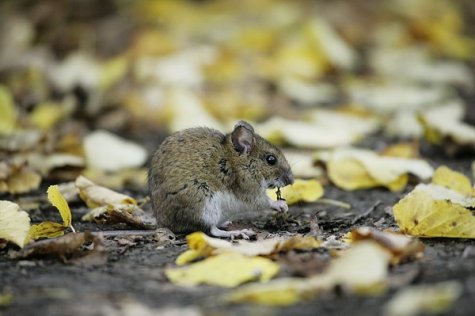Year of mice
|
Yellow-necked mouse
|
Kaelushiir
|
|
|
There are many mice this year, the dinner-table is set for birds of prey. We see the mice now in nature at dusk. The rather big yellow-necked mouse moves by quite long jumps thanks to its strong hind legs, and climbs skilfully in trees and bushes, several metres up if needed.
Its nose is long and pointed, the tail long – 2/3 of the body length. The ears are naked and show up against the fur. There are yellow and yellowish-brown colours in the coat: the fur on the back and head is reddish brown, belly white, an orange-tinted neck band shows clearly under the throat. Their reproduction period is at an end for this year, and the invasion of buildings has started. They feed on seeds, nuts, acorns, even chestnut conkers, and they are able to slay frogs, lizards, other mice ... A great amount of winter stores are collected and hidden in burrows and tree hollows.
The mice have plenty of enemies: small predators, foxes, boars, hawks and owls. So the yellow-necked mouse is an important link in the food chain in nature.









